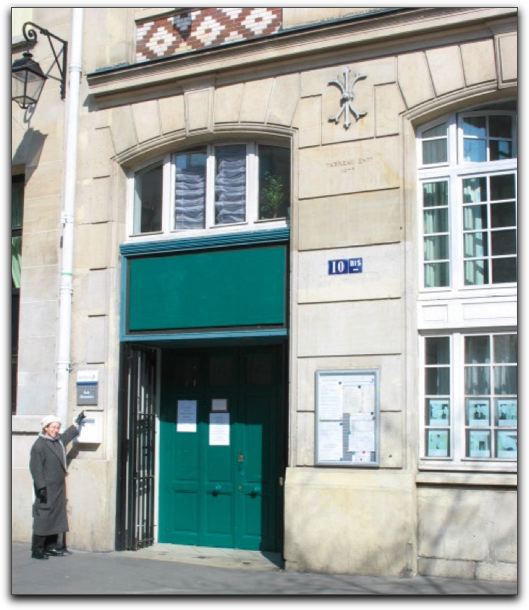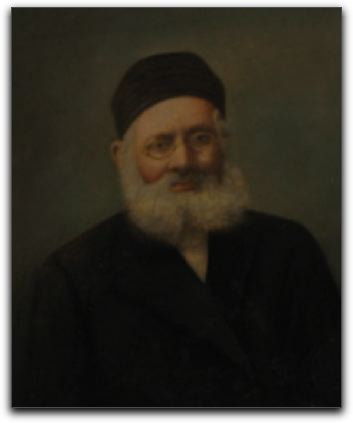
Sometime in the afternoon I was able to fulfill the Purim Mitzvah of Matanot l'Evyonim by giving some money to a local beggar. I had seen a collection of them (beggars) as we exited the Metro at St. Paul station standing near people getting money from the ATM machines.
In the Marais (the old Jewish quarter) on Purim, we did not see any Hamentaschen in the patisseries. We hardly saw any Jews in that neighborhood until dinnertime.
While doing on our Frommer's walking tour, we happened upon a plaque on an elementary school. It marks the location from which 11,000 Jewish children of Paris were deported by the Nazis and the Vichy government.


Later, we visited the Museum of Jewish Art and History. Maintained by the State and the City of Paris, not the Jewish community. It is quite a nice museum. I was struck by the beauty of the stone cutting in the headstones dating back to the time before the Jews were expelled from France in the Medieval period. They also displayed a few manuscript books showing a unique and beautiful way of writing the "ligature" for aleph-lamed.
Other highlights of the museum for me were some beautiful Channukiot (the Dutch grouping theme of hearts, beautiful filigree work), a painting by Hirszenberg of the Rebbe's funeral and a portrait of Rabbi Esriel Hildesheimer (about whom I'm reading in David Ellenson's book, After Emancipation).

I was excited to see the title page of the document granting Jews French citizenship. I identify this as one of the primary moments when the Modern period begins in Jewish history.

I was very excited with a little room filled with the work of Ryback, Steinhardt, Budko and Lizitsky. I grew up with art by these artists in our family's collection, now housed at the Magnes Museum in Berkeley. It is wonderful to see this work treasured by others. In the basement floor we found an exhibit of photographs of the early days of the ORT when it was organizing in the Soviet Union, helping train Jews as farmers and industrial workers.
For dinner we went to a well-known felafel restaurant in the Marais, and indeed it was quite good.

The decor included a photo of the Chabad Rebbe Schneerson near the front door and the waiters spoke Hebrew, Yiddish, English and who knows what else. From there to the Rue de Rivoli we found several Jewish communal establishments. We saw a couple of stickers reminding people of the assassination of Ilan Halimi (one from the current French Jewish Defense League).
A variety of activities are happening in Paris that we might be interested in attending. But, they occur after we leave. Among them: Le Golem.
